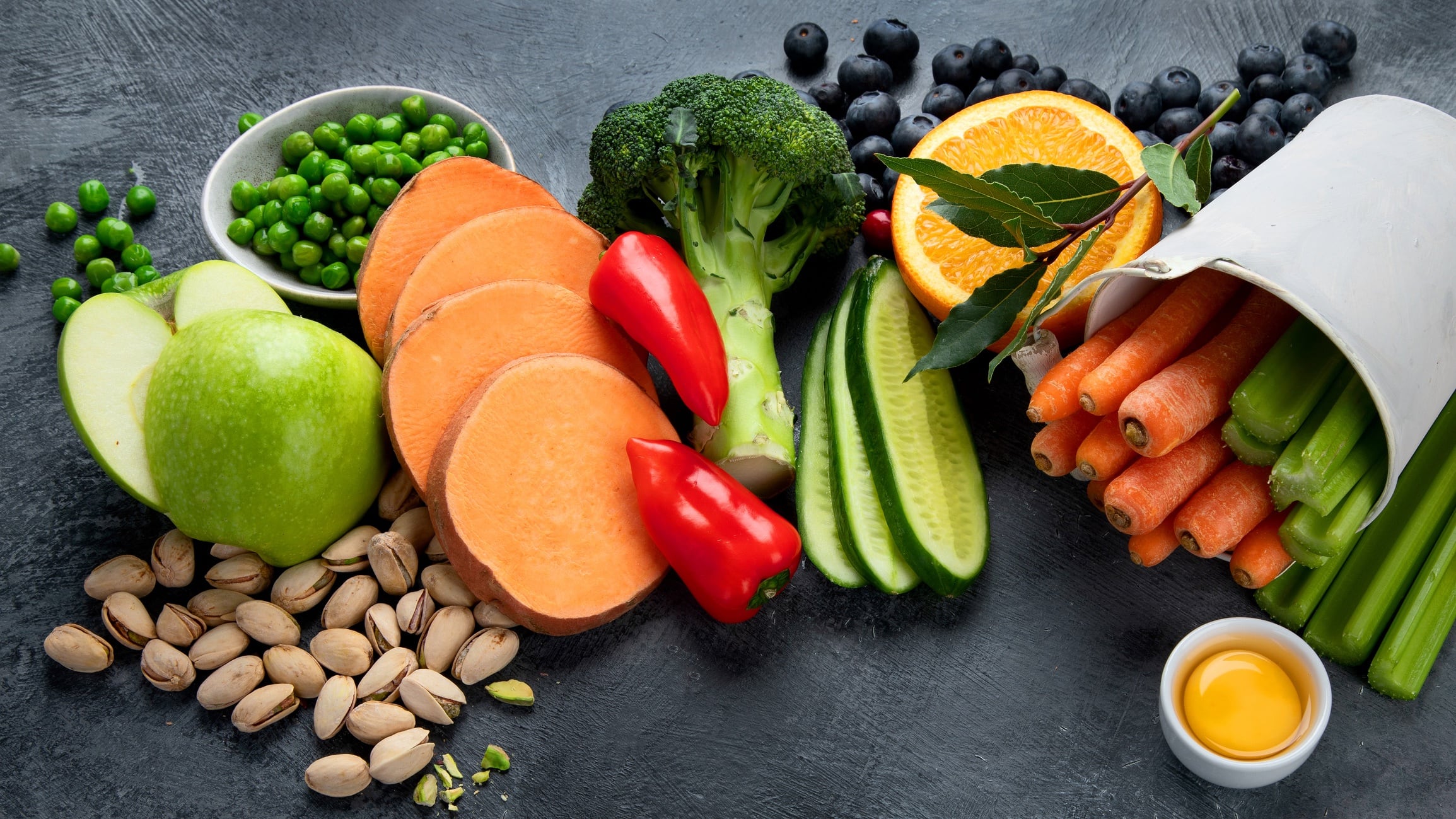“This study is the among the first to evaluate the longitudinal associations between plasma lutein and zeaxanthin concentrations and incident frailty and changes in musculoskeletal outcomes in older adults,” the Dublin-based researchers wrote.
The research team mined data from the first five waves (2010 to 2018) of The Irish Longitudinal Study on Ageing (TILDA), a nationally-representative, long-term study on aging, which includes baseline data from 8,500 participants over the age of 50 in Ireland.
Lutein, zeaxanthin and aging
Found in sources such as dark leafy greens, peas, summer squash, broccoli, carrots, parsley, red pepper, sweet corn and eggs, lutein and zeaxanthin have mostly been associated with improving eye health and mitigating age-related macular degeneration.
Emerging evidence, however, indicates that these two compounds may also play a protective role in other conditions brought on by inflammatory and oxidative stress, including frailty, sarcopenia and osteoporosis.
“Healthier dietary patterns that are rich in fruit and vegetables are associated with better preservation of musculoskeletal health and lower frailty incidence in older adults in observational studies,” the researchers put forth.
“As aging is associated with a reduction in the endogenous antioxidant defense system, increased intake of exogenous antioxidants, such as carotenoids, via the diet may help redress redox balance and reduce oxidative damage.”
Study details
Cross-sectional analyses on a group of 4,513 participants from TILDA Wave 1 compared plasma lutein and zeaxanthin concentrations to grip strength, usual gait speed, timed up-and-go (TUG), probable sarcopenia and bone mass at baseline. Meanwhile, the longitudinal analyses (n = 1425–3100) evaluated changes over time in usual gait speed and bone stiffness index (Wave 3, 2014-2015), grip strength and probable sarcopenia (Wave 4, 2016) and TUG and incident frailty (Wave 5, 2018).
The data was analyzed using linear and ordinal logistic regression, adjusted for variables including age, sex, body mass index, education, physical activity, number of chronic diseases, alcohol consumption, smoking and unintentional weight loss.
“We show that among participants who were non-frail at baseline, lower plasma lutein and zeaxanthin concentrations were longitudinally associated with increased odds of progressing to a higher frailty category (e. g., prefrailty or frailty) after 8 years of follow up,” the researchers concluded.
Specifically, they noted that each 100 nmol/L increase in baseline plasma lutein and zeaxanthin concentration (roughly equivalent to two extra portions a day of lutein-rich vegetables for four weeks) was associated with an 11-20% and 27–43% lower odds of progressing to a higher frailty category, respectively.
In addition, the baseline carotenoid concentrations showed positive associations with several indices of musculoskeletal health cross-sectionally but were not predictive of longitudinal changes in these outcomes over 4 to 8 years. No associations were found between the plasma carotenoid concentrations and incident probable sarcopenia.
“It is possible that a longer follow-up period than was used in the current study (4–8 years depending on the outcome) may be required to detect an effect of lutein and zeaxanthin status on changes in physical performance over time,” the study noted. “As such, it will be interesting to explore these relationships further in future Waves of TILDA.”
Source: Experimental Gereontology
“Plasma lutein and zeaxanthin concentrations associated with musculoskeletal health and incident frailty in The Irish Longitudinal Study on Ageing (TILDA)”
doi: 10.1016/j.exger.2022.112013
Authors: Caoileann H. Murphy et al.




